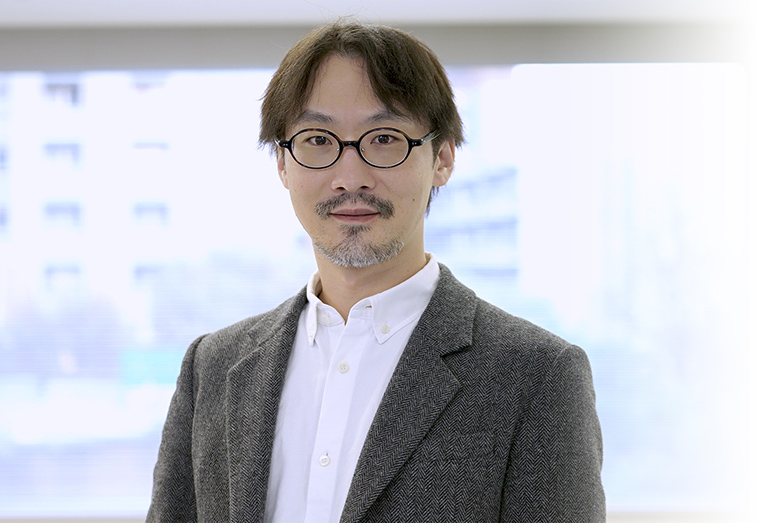
Team Director
Koichi Takahashi
Ph.D.
Laboratory for Biologically Inspired Computing
LocationKobe / Integrated Innovation Bldg
E-mailktakahashi@riken.jp
We are pursuing two different but mutually interconnected research interests: research and development of biologically inspired computing architectures including artificial neural networks and applying such advanced information processing technologies to life science research. More specifically, we are working on development of BriCA (Brain-inspired Computing Architecture), a high-performance software platform for brain-inspired computing, development of high-performance genome-scale simulation software platform E-Cell System, and automating various processes in biological experiments by combining robotics and AI.
Research Theme
- Genome-scale cell simulation software platform
- Robotic biology
- Brain-inspired computing architectures
Selected Publications
Kanda GN, Tsuzuki T, Terada M, et al.
Robotic search for optimal cell culture in regenerative medicine.
eLife
11, e77007 (2022)
doi: 10.7554/eLife.77007
Ochiai K, Motozawa N, Terada M, et al.
A Variable Scheduling Maintenance Culture Platform for Mammalian Cells.
SLAS technology
26(2), 209-217 (2021)
doi: 10.1177/2472630320972109
Watabe M, Yoshimura H, Arjunan SNV, et al.
Signaling activations through G-protein-coupled-receptor aggregations.
Phys Rev E.
102, 032413 (2020)
doi: 10.1103/PhysRevE.102.032413
Yachie N, Natsume T, Takahashi K, et al.
Robotic crowd biology with Maholo LabDroids.
Nature Biotechnology
35(4), 310-312 (2017)
doi: 10.1038/nbt.3758
Yamakawa H, Arakawa N, Takahashi K, et al.
Reinterpreting The Cortical Circuit
Pre-proceedings of the IJCAI-17 Workshop on Architectures for Generality & Autonomy
(2017)
Iwamoto K, Shindo Y, Takahashi K.
Modeling Cellular Noise Underlying Heterogeneous Cell Responses in the Epidermal Growth Factor Signaling Pathway.
Plos Computational Biology
12(11), e1005222 (2016)
doi: 10.1371/journal.pcbi.1005222
Itaya K, Takahashi K, Nakamura M, et al.
BriCA: A modular software platform for whole brain architecture
Neural information processing – 23rd international conference, ICONIP
(2016)
Shindo Y, Iwamoto K, Mouri K, et al.
Conversion of graded phosphorylation into switch-like nuclear translocation via autoregulatory mechanisms in ERK signalling.
Nature Communications
7, 10485 (2016)
doi: 10.1038/ncomms10485
Karr JR, Takahashi K, Funahashi A.
The principles of whole-cell modeling.
Current Opinion in Microbiology
27, 18-24 (2015)
doi: 10.1016/j.mib.2015.06.004
Watabe M, Arjunan SNV, Fukushima S, et al.
A Computational Framework for Bioimaging Simulation.
Plos One
10(7), e0130089 (2015)
doi: 10.1371/journal.pone.0130089
Shimo H, Arjunan SNV, Machiyama H, et al.
Particle Simulation of Oxidation Induced Band 3 Clustering in Human Erythrocytes.
Plos Computational Biology
11(6), UNSP e1004 (2015)
doi: 10.1371/journal.pcbi.1004210
Kaizu K, de Ronde W, Paijmans J, et al.
The Berg-Purcell Limit Revisited.
Biophysical Journal
106(4), 976-985 (2014)
doi: 10.1016/j.bpj.2013.12.030
Hihara S, Pack CG, Kaizu K, et al.
Local Nucleosome Dynamics Facilitate Chromatin Accessibility in Living Mammalian Cells.
Cell Reports
2(6), 1645-1656 (2012)
doi: 10.1016/j.celrep.2012.11.008




